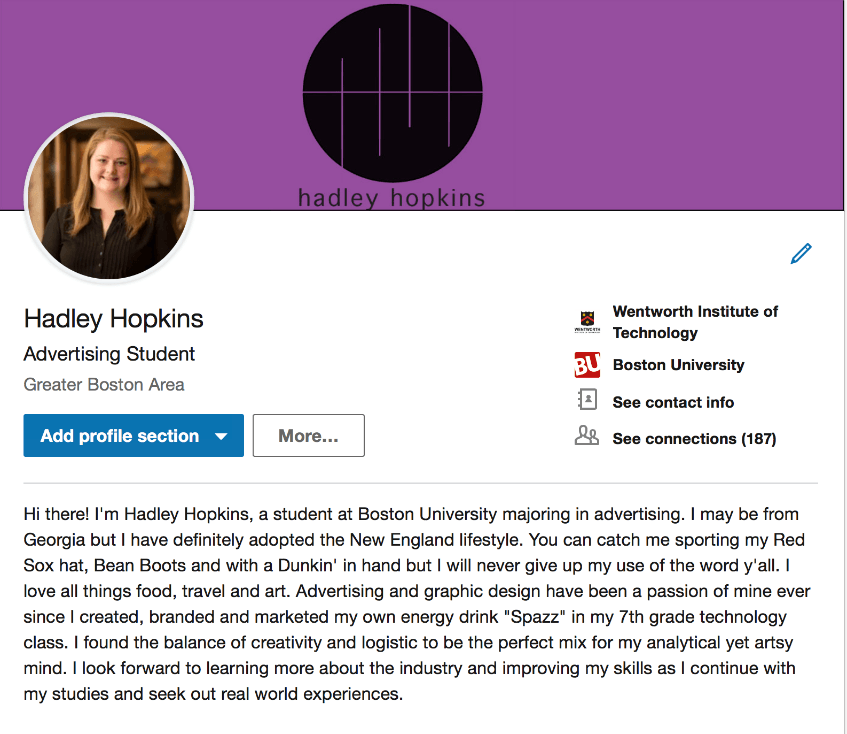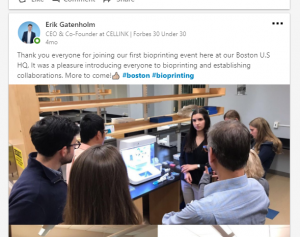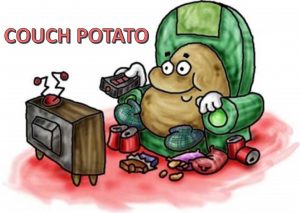By: Lauren Creamer
“The change I want to see is a start-up environment where everyone, regardless of gender and background, feels welcome and safe; where sexual harassment or discrimination will not impede great talent from producing great impact.” – Christine Tsai (2017 Silicon Valley Business Journal article)
“Be an upstander, not a bystander. If you see harassment happening, speak up. Being harassed is terrible; having bystanders pretend they don’t notice is infinitely worse.” – Celeste Ng (2017 Teen Vogue article)

What is harassment and why should you care?
Workplace harassment has existed for as long as the workplace – but it has recently garnered a swarm of media attention (rightfully so). I’m writing today to share some background about what constitutes harassment, how employees (co-op students included) are protected under the law, what support Wentworth can offer you should you experience or witness harassment in the workplace.
Harassment occurs when someone is treated differently, or some engages in offensive behavior based on their membership of a protected class. I.e. making a joke about race, or an inappropriate comment about how someone is dressed based on their gender. Harassment differs from discrimination in that discrimination involves making decisions (hiring, firing, promotion, assignments) based on one’s belonging to a protected class.
Harassment can happen anywhere – and you could be the target or the perpetrator. If don’t know what harassment looks like, how would you know? This post will hopefully illuminate the issues and give you the tools necessary to prevent and address harassment while on the job.
You keep using the term “protected class” … what does that mean?
Protected classes are the groups protected from the employment discrimination by law. These groups include men and women on the basis of sex; any group which shares a common race, religion, color, or national origin; people over 40; and people with physical or mental handicaps. Every U.S. citizen is a member of some protected class, and is entitled to the benefits of EEO law. However, the EEO laws were passed to correct a history of unfavorable treatment of women and minority group members.
Massachusetts has widened the scope of protected class to include employers are prohibited from discriminating against prospective employees based on ancestry, gender identity, criminal record, retaliation, sexual harassment, sexual orientation, active military personnel, and genetics.
What is non-retaliation and how are you protected?
Before we define the types of harassment, you need to know that you are protected from it in multiple ways.
You are protected from retaliation (a.k.a. “getting even”). It is illegal to punish or take action against a person who has brought forward a concern of harassment or discrimination. Examples of retaliation include taking away responsibilities, transferring to new location or shifts, not hiring/promoting.
You are also protected by Title IX, which prohibits sex discrimination in educational programs and activities, including sexual harassment, sexual assault, stalking, relationship violence/intimate partner violence, and other gender-based and sexual misconduct. Co-op is considered an educational experience, and so you are protected by Title IX.
And, as an employee (which you will be considered when you are on co-op) Title VII protects you from discrimination against any individual with respect to compensation, terms, conditions, or privileges of employment, because of race, color, religion, sex, or national origin.
Finally, The Americans with Disabilities Act (more commonly known as the ADA) protects individuals with disabilities in job application procedures, hiring, firing, advancement, compensation, job training, and other terms, conditions, and privileges of employment.
Basically – these laws protect you from discrimination and harassment in the workplace and at school on the basis of any of those protected classes listed at the beginning of this presentation.
Two Types of Harassment
“Quid Pro Quo” is the most commonly recognized form of sexual harassment, more simply stated as “this for that”. For example, your supervisor says to you “meet me for drinks later…..you are looking for a regular job here after graduation, aren’t you?” thus implying that you need to get a drink with them because that is the only way you could advance at that company. (You may see this in movies quite a bit… re: Legally Blonde).
The second type of recognized harassment is the “Hostile Work Environment” – unwelcome conduct based on protected characteristics (gender, race, national origin, gender identity, etc.) that interferes with an individual’s ability to perform their job. Persistent jokes or comments about women’s inability to be an engineer is an example of this type of harassment.
It is also important to note that harassment MUST BE PERVASIVE. If it happens once, it’s still a problem that needs to be addressed, but it is not defined as a pattern of harassment. Pervasive – repetitive, pattern, constant.
Where does harassment happen?
In the office (or at a work off-site), online (email, social media, texts), during social events or after work hours. Are you interacting with people from work? Yes? It’s still considered workplace harassment, no matter where you are. Even if the experience is unpaid (ex: a volunteer on-site or an unpaid intern) – you/they are still legally considered an employee (at least, this is what our HR department would argue).
ANYONE can perpetrate harassment. Supervisors, co-op workers, contractors, CEOs, visitors, other co-op students or interns.
What can you do if you experience or witness harassment?
- When in doubt – call your CO-OP + CAREER Advisor! We can help you formulate a plan.
- Speak directly to your manager/supervisor to share the concern.
- What if it involves your supervisor?
- Reach out to Human Resources, the division head of your organization, or your boss’s boss.
- Center for Wellness is a confidential resource – you can receive support from one of the counselors on staff to help you work through the experience.
- Speak directly to the person whose conduct was inappropriate/offensive. You have the power to address that person directly! (And again, your CO-OP + CAREER Advisor can help you craft that response).
- Review your organization’s policies for complains/concerns. There may be a clearly defined process for addressing harassment documented on the company’s external or internal website.
- Engage Wentworth’s Title IX Coordinator, Linda Shinomoto. She is the resident expert on Title XI and gender-based harassment.
When you work with us we will ask you how you want to address the issue, if at all. Your CO-OP + CAREER Advisor will help you reach your ideal resolution. There is no statute of limitations on harassment. Two weeks, two months, two years – you can still report it.
Harassment can happen anywhere.
Harassment is unfortunately not uncommon. It can happen to any gender, any ethnicity. You will likely experience, observe, and possibly even perpetrate it at some point during your career. But now you know how people who experience harassment are protected and supported, both on a legal level and at Wentworth. You have support and you are not alone.
You are not the cause.
If you do experience harassment, it is so important for you to know that you are not the case of someone else’s inappropriate behavior. Nothing you did caused it, and you don’t deserve to be treated this way by anyone.





 By: Lauren Creamer
By: Lauren Creamer


 By: Ria Kalinowski
By: Ria Kalinowski